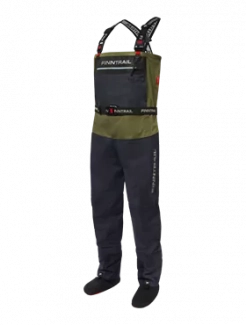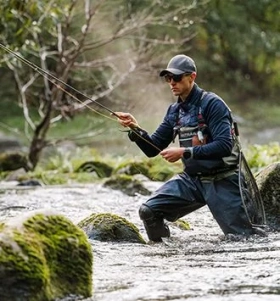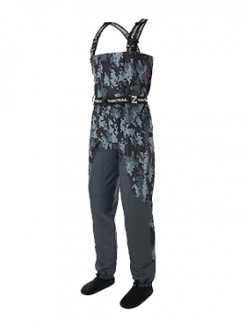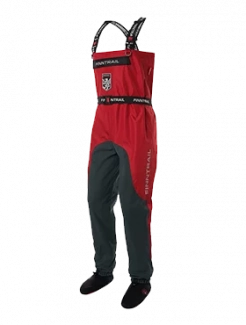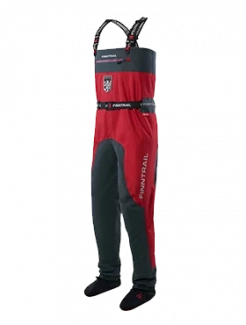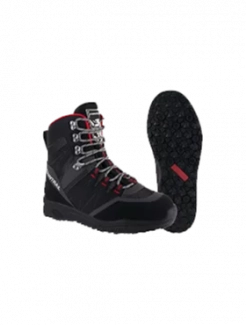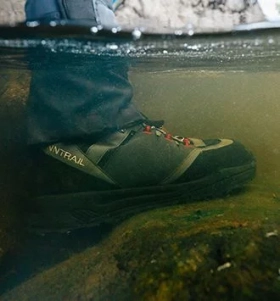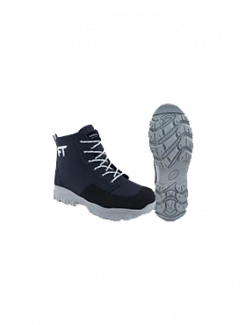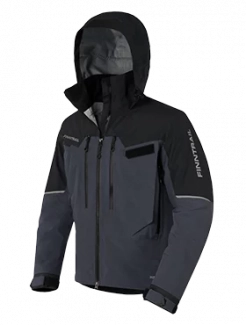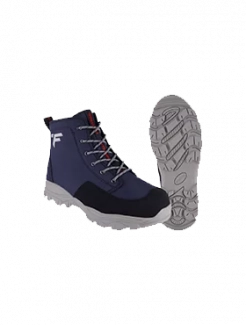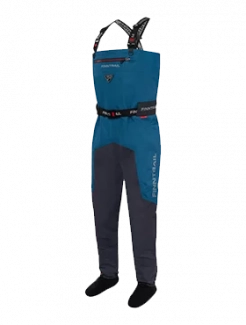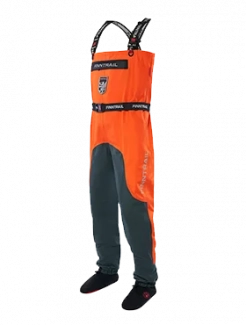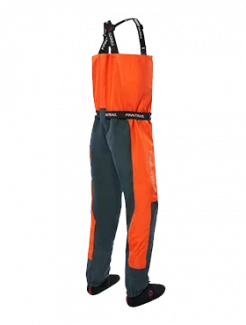What is the best fishing lure for a freshwater bass?
When it comes to freshwater bass fishing, selecting the right lure isn’t just helpful; it’s often the difference between a successful outing and a frustrating, fishless day. With an overwhelming variety of lures on the market, it can be tough to know where to start. The good news? Once you understand how bass behave under different conditions and how each type of lure works, choosing the right bait becomes second nature.
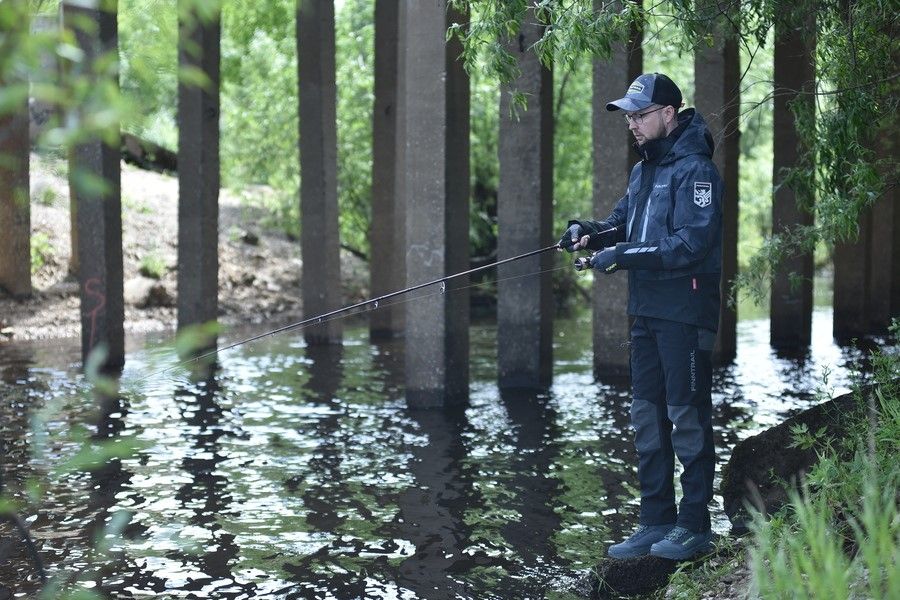
Lures for Bass Fishing
Soft Plastic Worms: The Classic Performer
Few lures have stood the test of time like soft plastic worms. Whether you’re fishing in thick cover, along a rocky bottom, or just off the edge of a weed bed, these flexible and lifelike baits can tempt even the most finicky bass. They mimic natural prey like leeches or distressed baitfish and are highly versatile—easily rigged Texas-style, wacky, or on a drop shot setup. Soft plastics shine during the warmer months when bass are more active, and they're especially effective for largemouth and smallmouth bass that are tucked into tight cover or structure. The subtle movements of these lures make them incredibly realistic, especially when fished slowly in clear water.
Crankbaits: Fast Action for Aggressive Fish
When bass are in an aggressive mood or you’re trying to locate scattered fish, crankbaits are one of the most effective tools in your arsenal. These lures are designed to cover water quickly and elicit reaction strikes with their wobbling action, sometimes paired with internal rattles to further provoke interest. They're best used around structural features like submerged rock piles, points, or drop-offs. The key to fishing crankbaits effectively lies in matching their diving depth to the specific contours of your fishing area. Shallow-diving models excel in flats and weedy bays, while deep-diving crankbaits are more suited for ledges or underwater humps. Regardless of the specific type, crankbaits work across all species of freshwater bass, making them a reliable all-around option.
Spinnerbaits: A Bright, Noisy Approach
Spinnerbaits bring something special to the table: flash and vibration. These baits are particularly useful when visibility is poor—like after a rainstorm, during windy weather, or in stained or muddy waters. The spinning blades mimic the flash of baitfish, while the thumping vibration draws bass in from a distance. They work well in shallow cover, especially around submerged wood or grass. A popular combination, especially in spring and early summer, is a chartreuse-and-white skirt paired with double willow blades, which provides both visibility and enticing movement. If you're fishing on an overcast day or in slightly stained water, spinnerbaits can outfish other lure types simply because they’re easier for bass to detect.
Jigs: The Trophy Hunter's Choice
For those anglers chasing trophy-sized bass, jigs remain the lure of choice. They are incredibly effective when fished slowly along the bottom, especially when tipped with a soft plastic trailer that mimics a crawfish or baitfish. Jigs are at their best when used around docks, brush piles, or rocky ledges where big bass often lurk. Their ability to stay in the strike zone longer makes them ideal for targeting pressured fish or fishing in cooler water when bass are less active. The bulky profile and slower presentation give larger fish more time to investigate—and strike. Whether you're flipping them into heavy cover or dragging them along the bottom, jigs are a go-to when size matters more than numbers.
Topwater Lures: The Thrill of the Surface Strike
There’s nothing quite like the explosion of a bass smashing a lure on the surface. Topwater lures such as poppers, walking baits, and hollow-bodied frogs are made for heart-pounding moments. These lures are most effective during the warmer months, especially in the low-light conditions of early morning or late evening. Target areas like lily pads, overhanging branches, or submerged grass beds where bass patrol for prey close to the surface. The key to successful topwater fishing is patience—letting the lure sit for a moment after it lands can often be what triggers a strike. It’s also important to wait until you feel the weight of the fish before setting the hook, rather than reacting to the splash.
Freshwater Bass Lure Comparison
|
Lure Type |
Action & Appeal |
Best Conditions |
Target Species |
Presentation Tips |
|
Soft Plastic Worms |
Subtle, lifelike; mimics leeches or injured bait |
Clear to lightly stained water; warm months |
Largemouth, Smallmouth |
Texas rig in weeds, wacky rig near cover |
|
Crankbaits |
Wobble, rattle; covers water fast |
Open water, rocky points, drop-offs |
All bass species |
Match diving depth to structure; steady or stop-start retrieve |
|
Spinnerbaits |
Flash and vibration; highly visible |
Stained/muddy water, windy days, shallow cover |
Largemouth, Smallmouth |
Slow roll along weed edges or bounce off cover |
|
Jigs |
Bottom contact; mimics crawfish or baitfish |
Cooler water, heavy cover, under docks |
Largemouth (especially big bass) |
Hop or drag along bottom; add a trailer for realism |
|
Topwater Lures |
Surface commotion; triggers explosive strikes |
Early morning/evening, calm warm water |
Largemouth, Smallmouth |
Pause after cast; retrieve with pops, walks, or splashes |
|
Swimbaits |
Realistic swimming; mimics baitfish |
Around bait schools, deeper water |
Striped Bass, Largemouth |
Steady retrieve near structure or baitfish |
|
Jerkbaits |
Erratic, darting action; imitates wounded prey |
Colder water, suspending fish |
Striped Bass, Smallmouth |
Jerk-pause-jerk retrieve to trigger reaction bites |
|
Spoons |
Fluttering fall; imitates dying baitfish |
Deep water, near dams or drop-offs |
Striped Bass |
Vertical jig or lift-drop technique |
Targeting a Different Beast
Largemouth and smallmouth bass dominate the conversation in most North American fishing circles—but anglers across Canada and Europe are often targeting a broader family of bass-like predators. From hybrid bass and striped bass in southern reservoirs, to European perch and zander in the lakes and rivers of France, Germany, and the UK, each of these species brings unique behavior—and lure preferences—that require slight adjustments to your approach.
Striped Bass and Hybrids: Open-Water Predators
In parts of the U.S. and southern Canada, striped bass and their hybrid cousins (often called "wipers" or "hybrid stripers") have been stocked in large lakes and reservoirs, offering a powerful, open-water challenge. These fish school tightly and follow baitfish across open basins, making swimbaits, flutter spoons, and umbrella rigs incredibly effective. Trolling can also be productive, especially in deeper water or during the heat of summer. For early mornings or surface-feeding blitzes, topwater walking baits or pencil poppers deliver thrilling strikes.
Spotted Bass: Southern U.S. Specialty
Spotted bass, native to the southeastern U.S., aren't commonly found in Canada or Europe, but they’re worth noting. These fish prefer cooler, clearer water with rocky bottoms and current—traits they share with smallmouth bass. Anglers targeting spots often use finesse tactics: shaky heads, drop shots, Ned rigs, and deep-running crankbaits around offshore structures. Their aggressive nature and schooling behavior make them responsive to fast presentations when active.
White Bass: Nomadic Feeders
White bass are another overlooked species, especially in Canada and the U.S. Midwest. Though smaller than other bass, they travel in large schools and strike aggressively when chasing baitfish. Their spring spawning runs into rivers are prime times to use small spoons, inline spinners, or lipless crankbaits. Fast retrieves and light tackle make for high-action days on the water. While not a European species, white bass behavior is similar to that of European asp, which also feed on moving baitfish and respond well to flashy, fast lures.
Seasonal Tactics: Matching the Moment
Spring: Spawning Aggression
As water temperatures rise and bass move into the shallows to spawn, they become increasingly territorial. This is one of the best times to provoke aggressive strikes with lipless crankbaits, spinnerbaits, and jigs. Target areas near spawning flats, shallow coves, and around cover like submerged timber or weed beds. Even non-feeding bass will often strike out of instinct to defend their nests.
Summer: Heat and Feeding Windows
During the heat of summer, bass behavior changes with the temperature. They’re most active during the early morning and late evening, making this the perfect time for topwater lures like frogs, poppers, and walking baits. As the sun gets higher and the water warms, bass often retreat to deeper or shaded areas. Slow down your presentation with soft plastic worms, creature baits, or jigs worked around docks, weed lines, and drop-offs.
Fall: Feeding Frenzy
In fall, bass go on a feeding binge to bulk up before winter. They become more aggressive and willing to chase fast-moving prey, especially in cooler water. This is prime time for swimbaits, chatterbaits, and jerkbaits, especially around schooling baitfish. Focus your efforts on transition zones, creek mouths, and points—anywhere bait is concentrated and bass can ambush.
Winter: Cold and Sluggish
As temperatures drop, so does bass metabolism. In cold water, bass become sluggish and hold close to deep structure. This is when finesse matters most. Slow-rolling jigs, vertically jigging spoons, and working subtle soft plastics near the bottom are your best bet. Keep your retrieve slow and deliberate, and focus on drop-offs, ledges, or deep brush piles where bass tend to congregate in winter.
Choosing the Right Rod Setup
Pairing the right rod with your lure isn’t just a gearhead detail—it directly impacts your success. Soft plastics perform best with a medium-action spinning rod between 6’6” and 7’. Crankbaits and jerkbaits require a rod with moderate action to absorb shock and prevent pulling hooks. Topwaters demand a fast-action rod for crisp, reliable hooksets. For striped bass, longer rods in the 7–8 foot range help with casting distance and provide the backbone needed to handle big fish in current or deep water.
Final Thoughts
At the end of the day, the best fishing lures for freshwater bass are the ones you know how to use well—and understand when and where to use them. Stocking your tackle box with soft plastics, crankbaits, spinnerbaits, jigs, and topwaters gives you the tools to handle almost any situation. For those chasing striped bass, don’t leave home without swimbaits, jerkbaits, and a few dependable spoons.
Success in bass fishing isn’t just about the lure—it’s about knowing how to read the water, understand seasonal patterns, and make your lure work naturally. Whether you’re fishing from a boat, a kayak, or casting from the shore, knowledge, patience, and the right presentation are what truly land fish.



